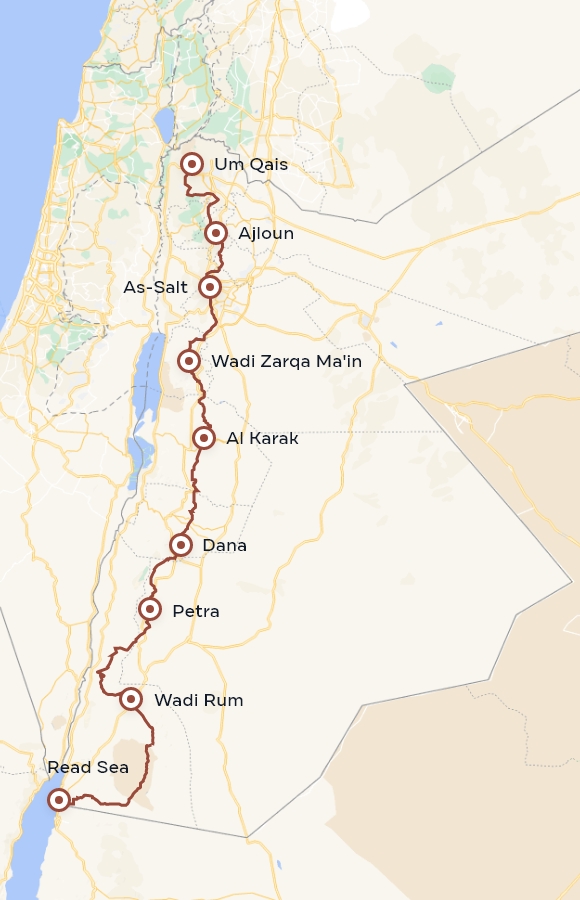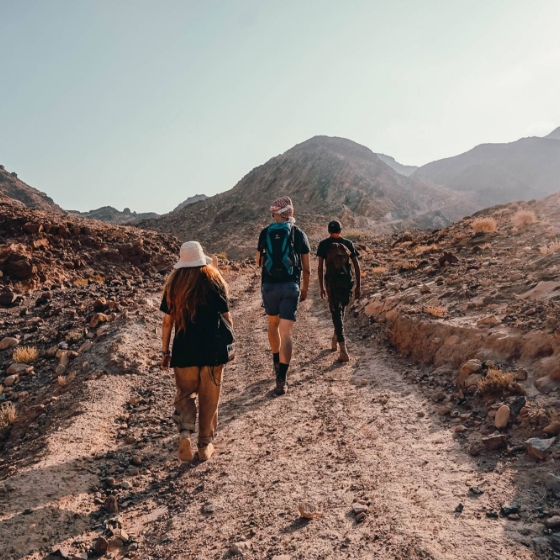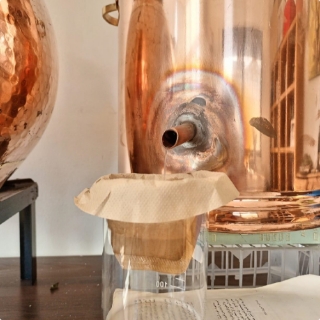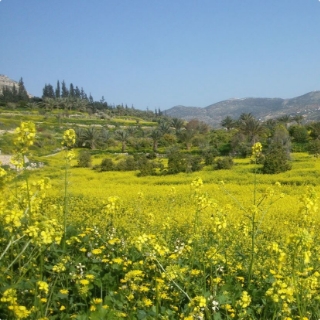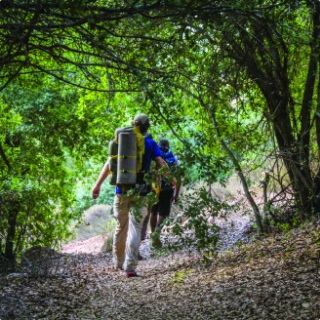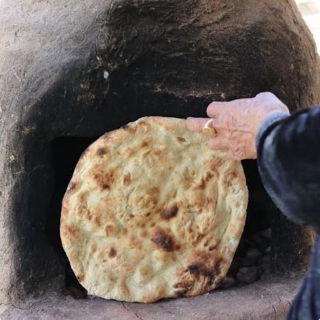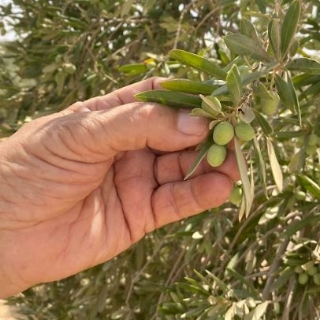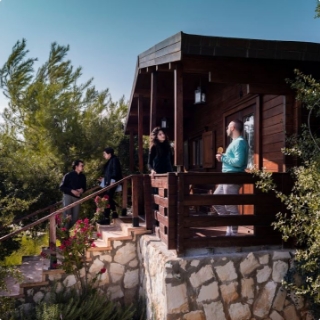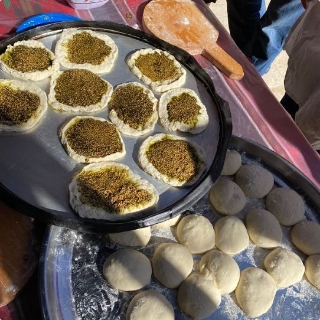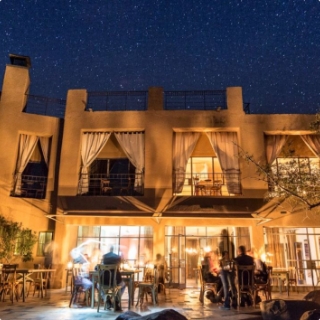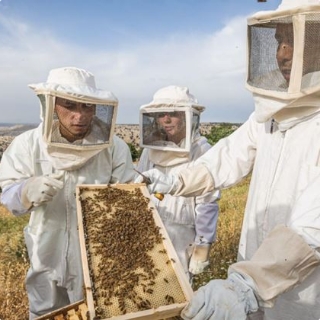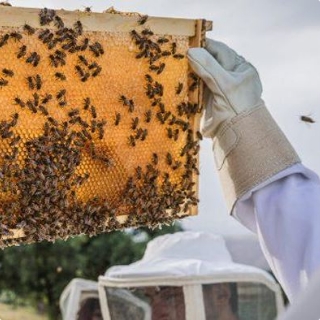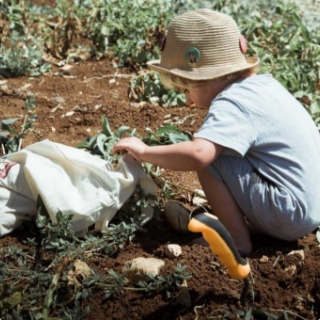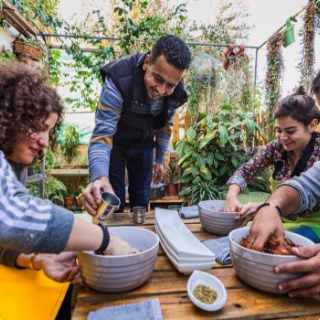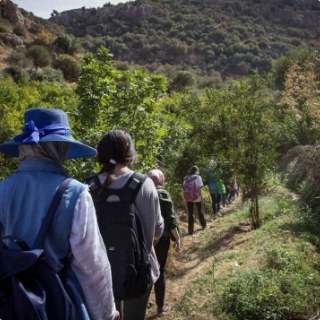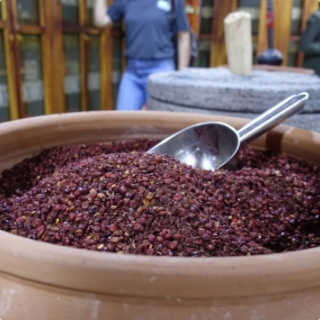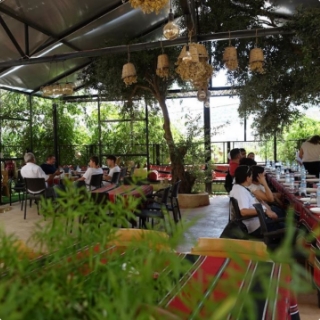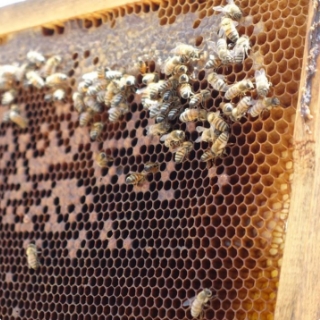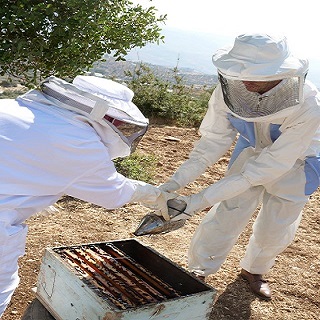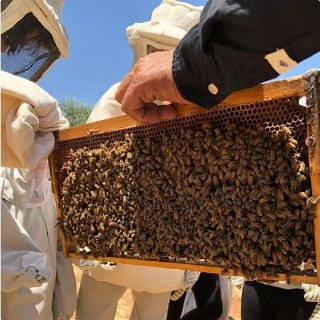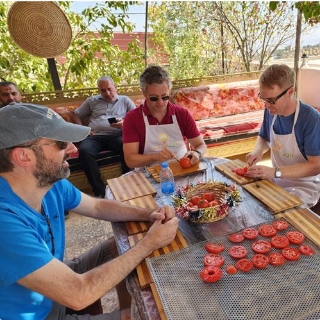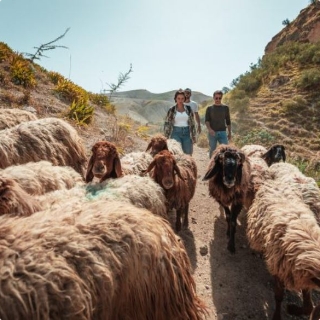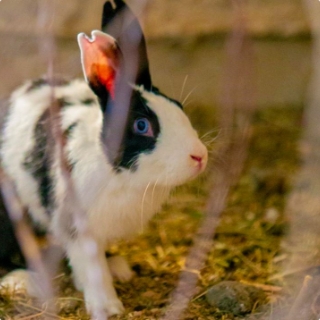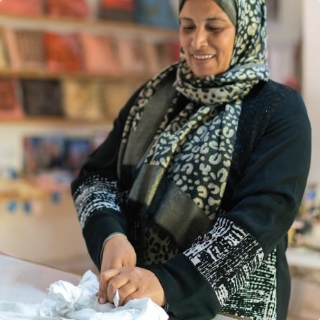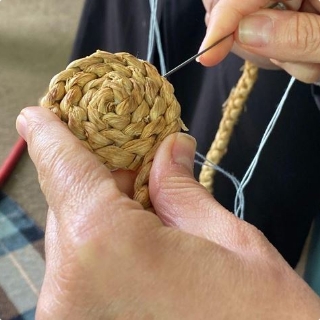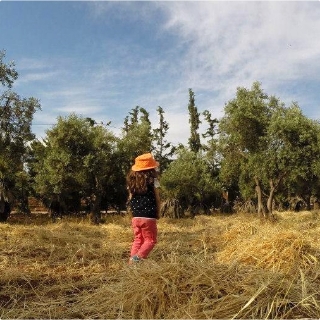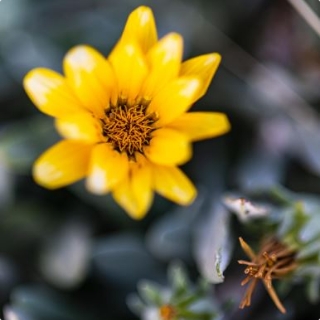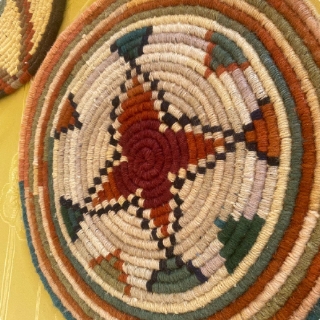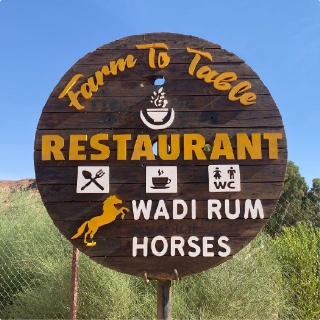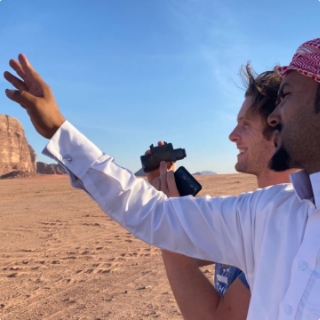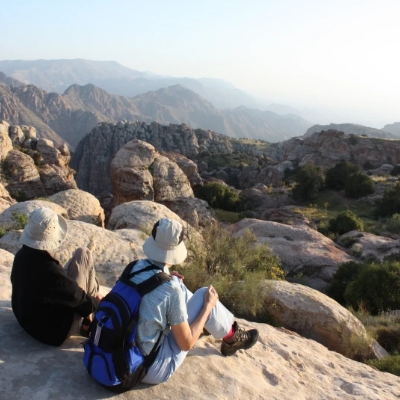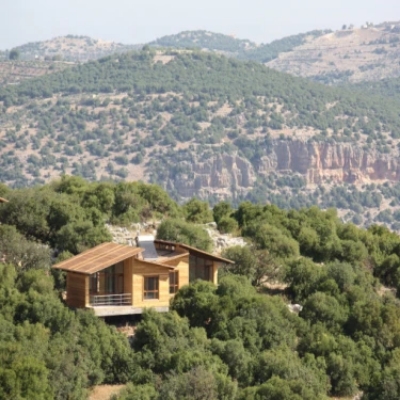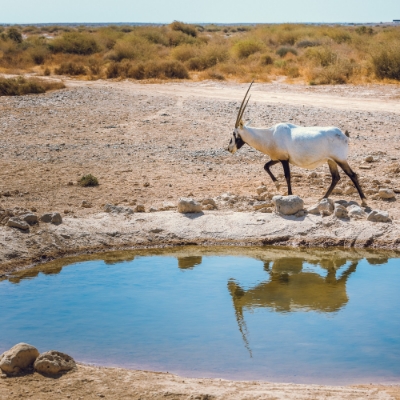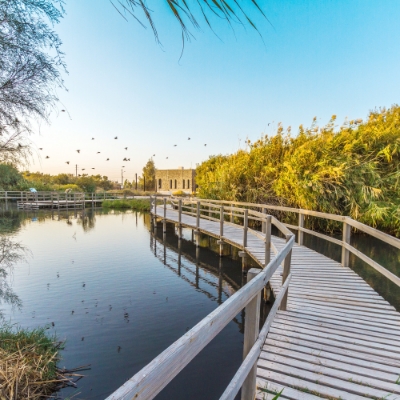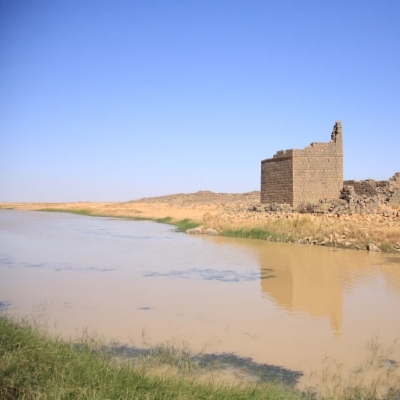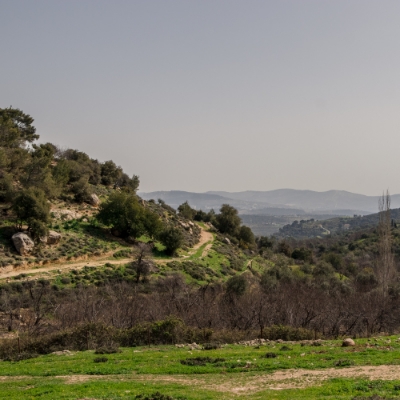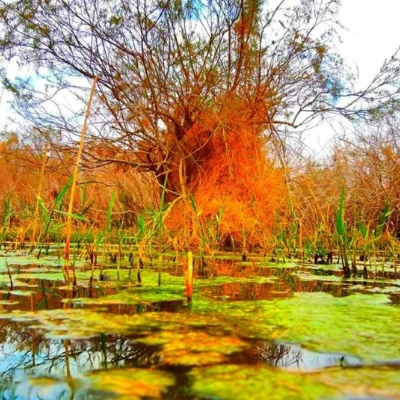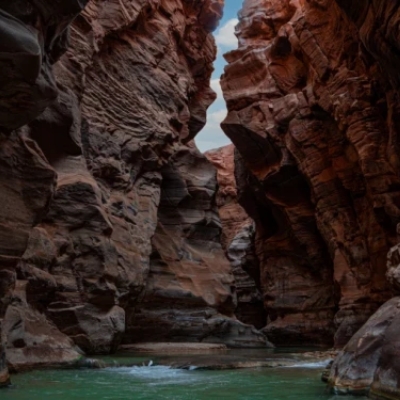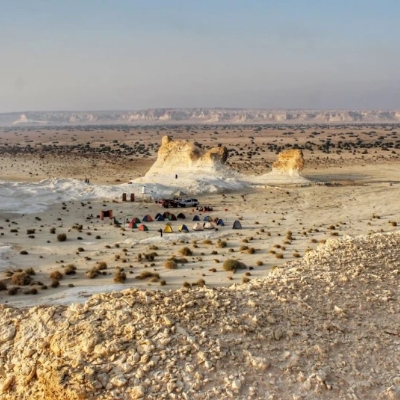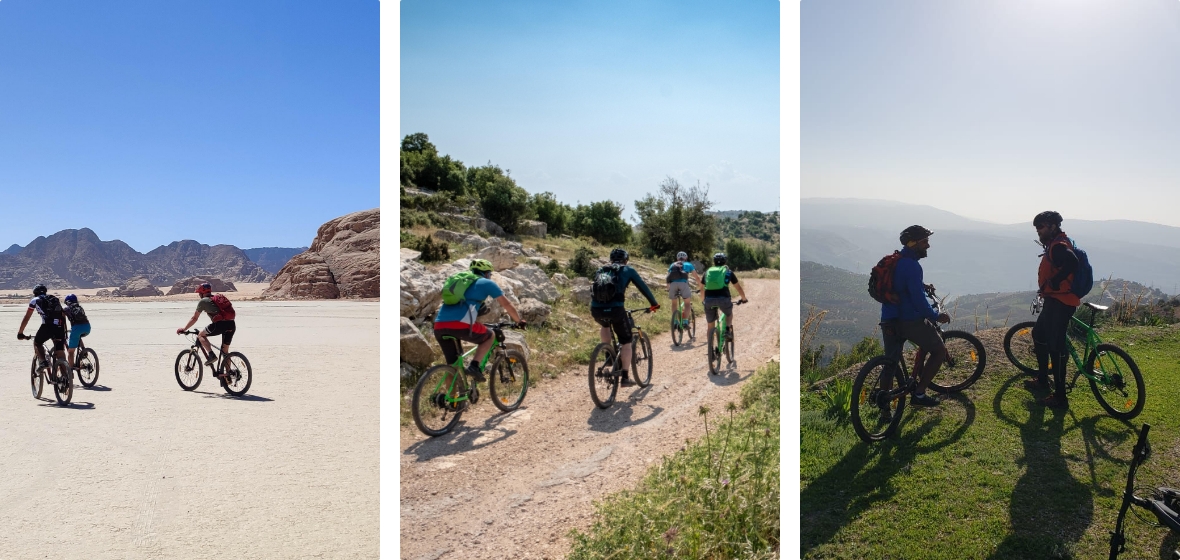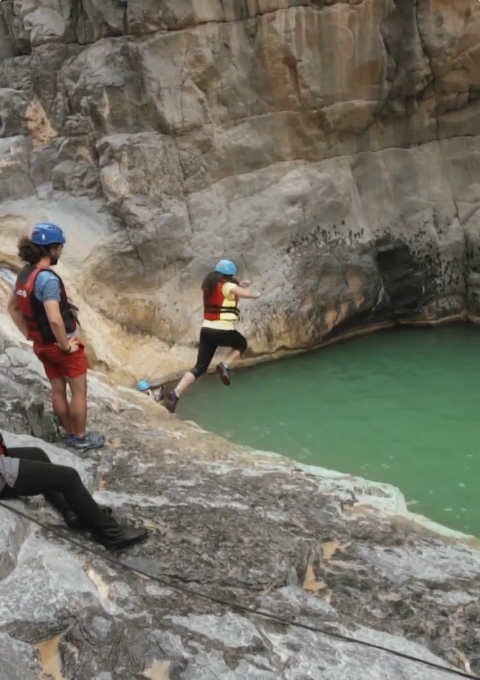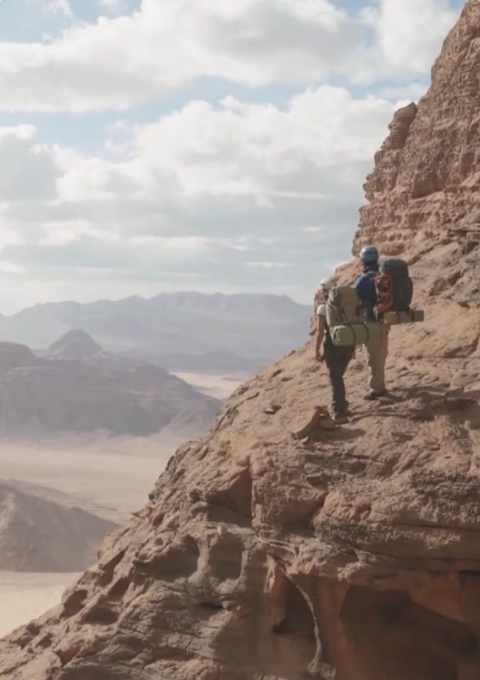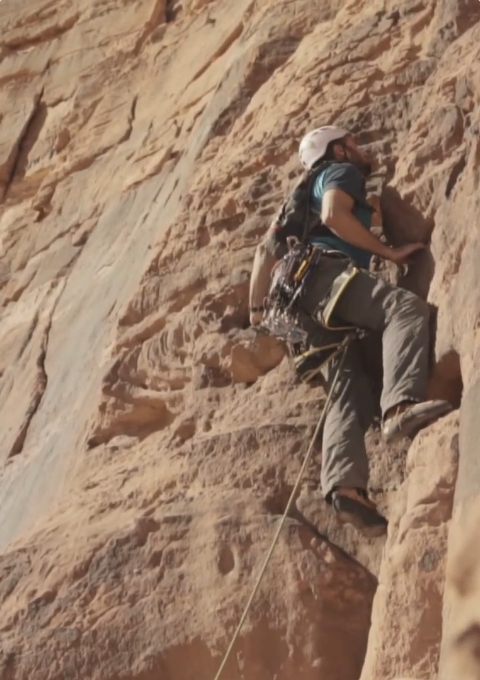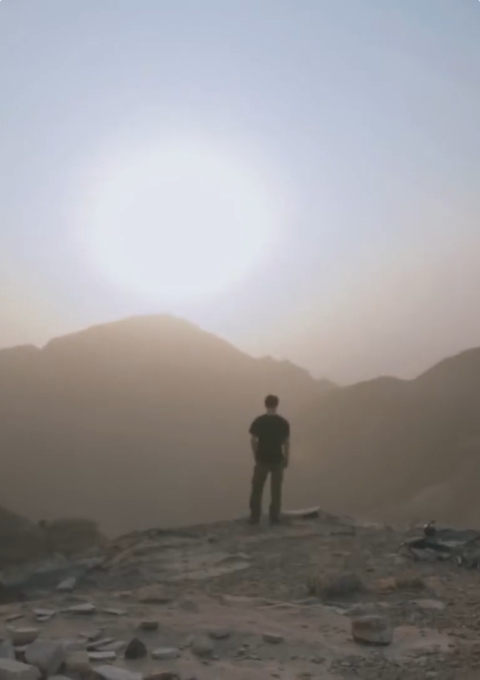Discover the Breathtaking Activities
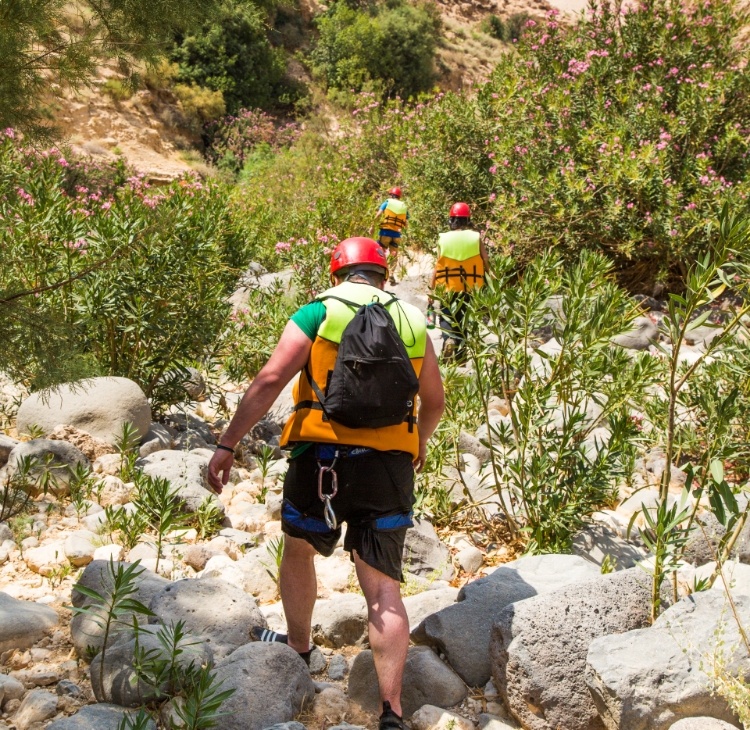
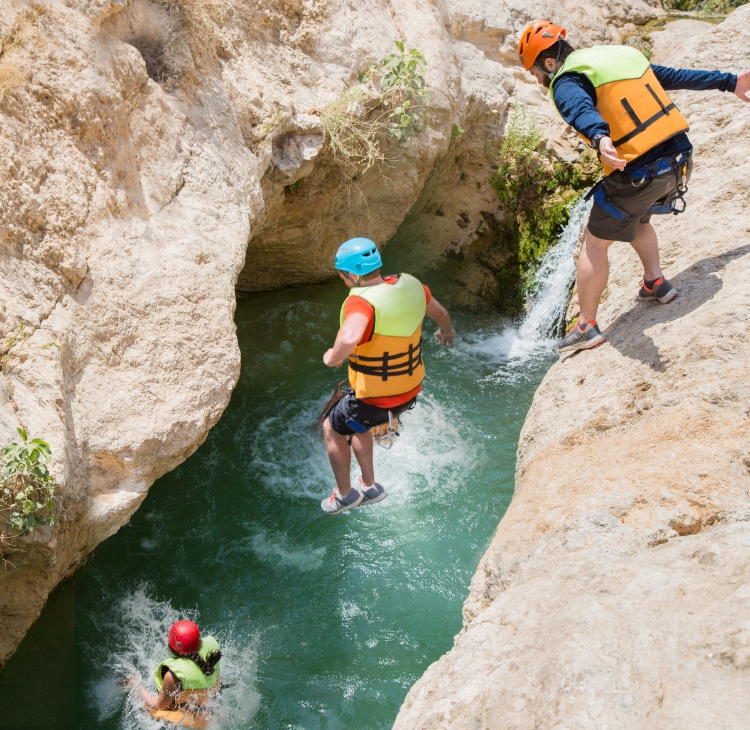
Canyoning and Caving in Jordan
Jordan's diverse landscapes offer thrilling canyoning and caving. The north features limestone caves and waterfalls like Birgish and Wadi Al Rayan. The east's volcanic tunnels, like Badia Lava Tube Cave, require rappelling. The Dead Sea Basin is perfect for canyoneers, with Wadi Mujib offering varied trails. The central region's Great Rift Valley has stunning canyons like Wadi Hassa and Wadi Ghweir, providing unique adventures for enthusiasts.
Explore Guides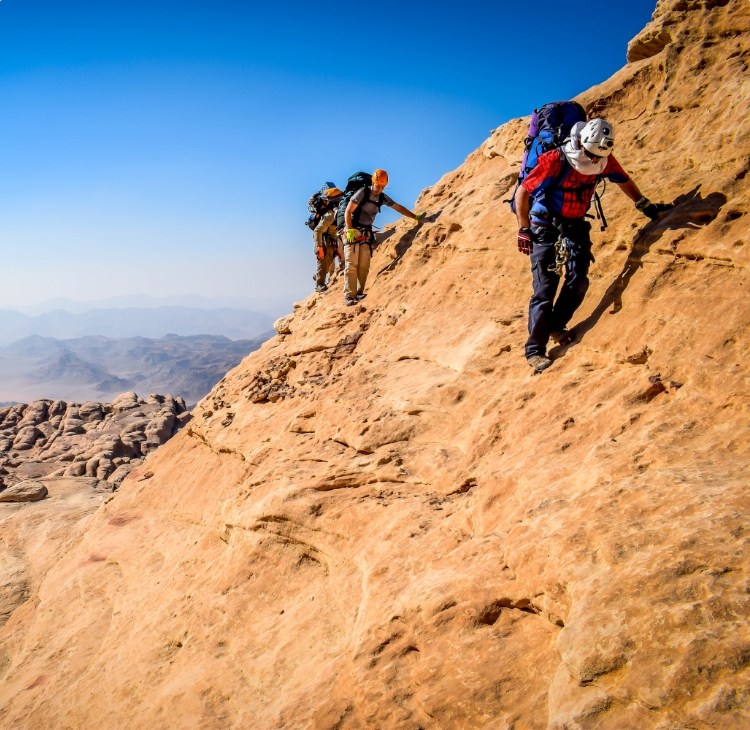
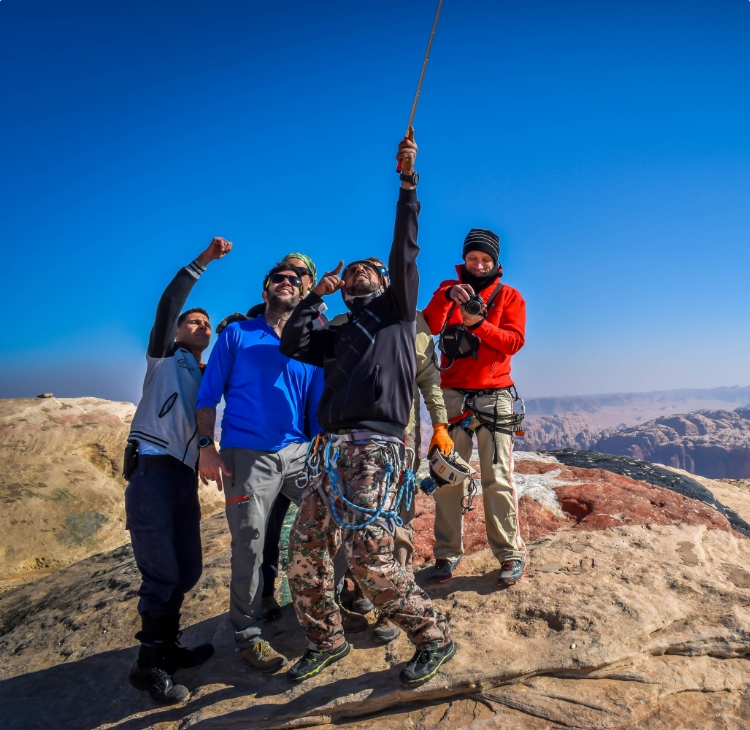
Rock Climbing and Mountaineering in Jordan
Jordan's diverse landscapes provide exceptional climbing and mountaineering. In the north, limestone cliffs like Sami’s Cliff cater to all levels. The Dead Sea Basin offers bouldering in Wadi Mukheires and Weidaa. The south, especially Wadi Rum, is renowned for its challenging routes against stunning desert backdrops, making it a climber’s paradise.
Explore Rock Climbing Guides Explore Mountain Guides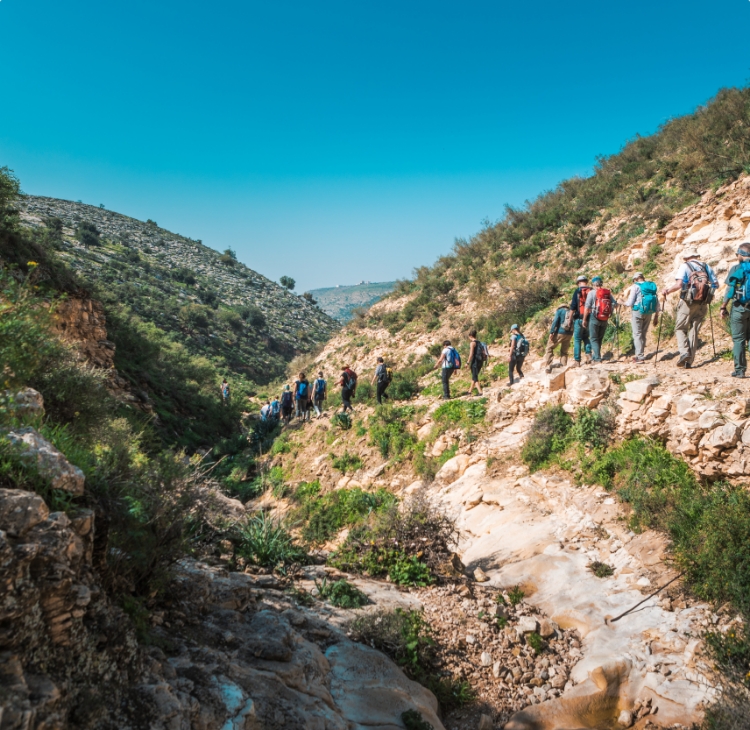
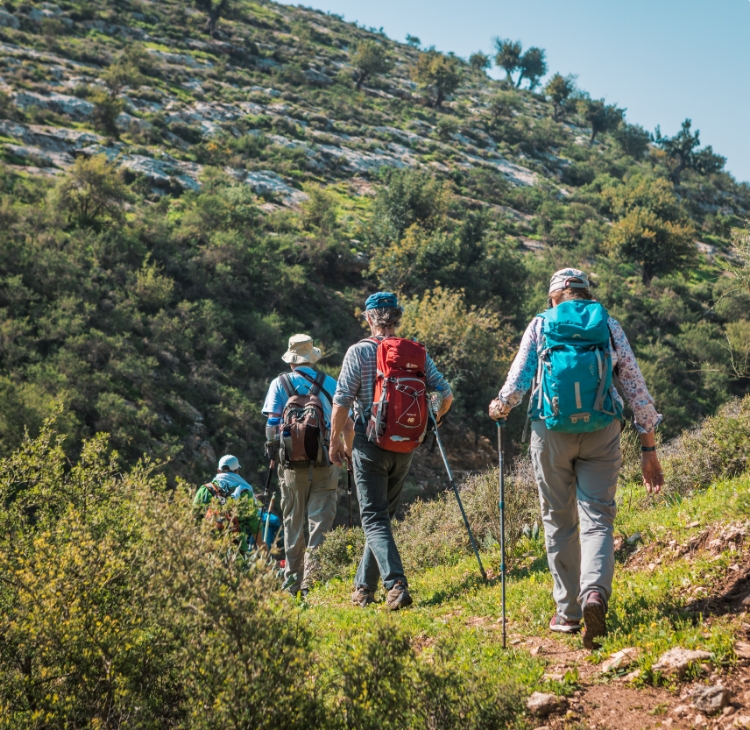
Hiking and Trekking in Jordan
Jordan offers varied hiking and trekking experiences. The north features trails connecting ancient ruins and villages, like the Salt Circular Hike. The Dead Sea Basin's Wadi Mujib and Wadi Hidan offer geological wonders and lush valleys. The central region's Dana Nature Reserve boasts diverse landscapes. The south, with Petra and Wadi Rum, provides trails through ancient sites and natural monuments, catering to all hiking levels.
Explore Guides

Cycling in Jordan
Jordan offers diverse cycling experiences across its landscapes. In the north, farm roads and forest trails like the Scandinavian trails and Jordan Trail are ideal for mountain biking. The east features deserts, water bodies, historical castles, and routes like Petrol Road to Safawi and Azraq Village paths. The Dead Sea basin suits all cyclists with shoreside rides, Eastern hills' farm roads, and village visits. Central region routes, like the King’s Highway, provide scenic and hilly rides.
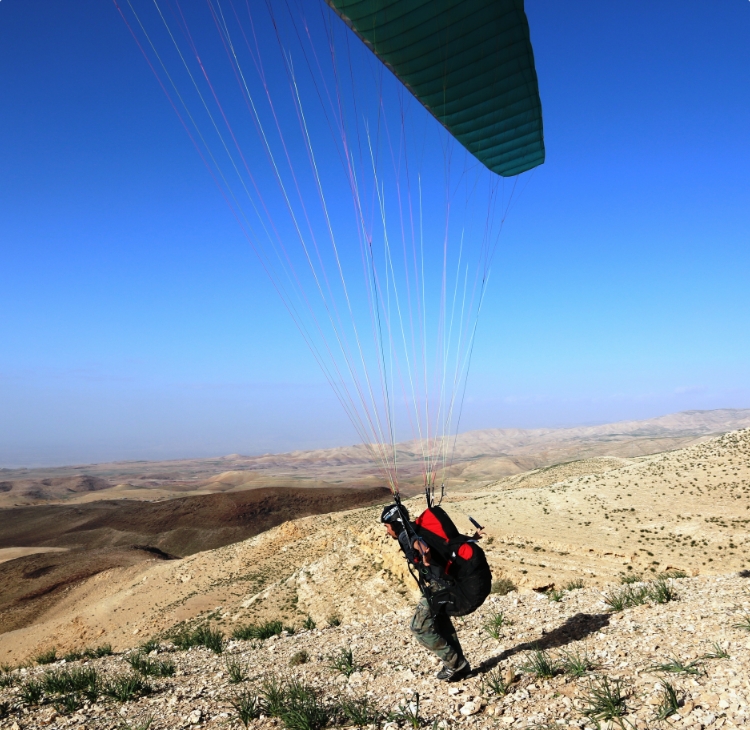
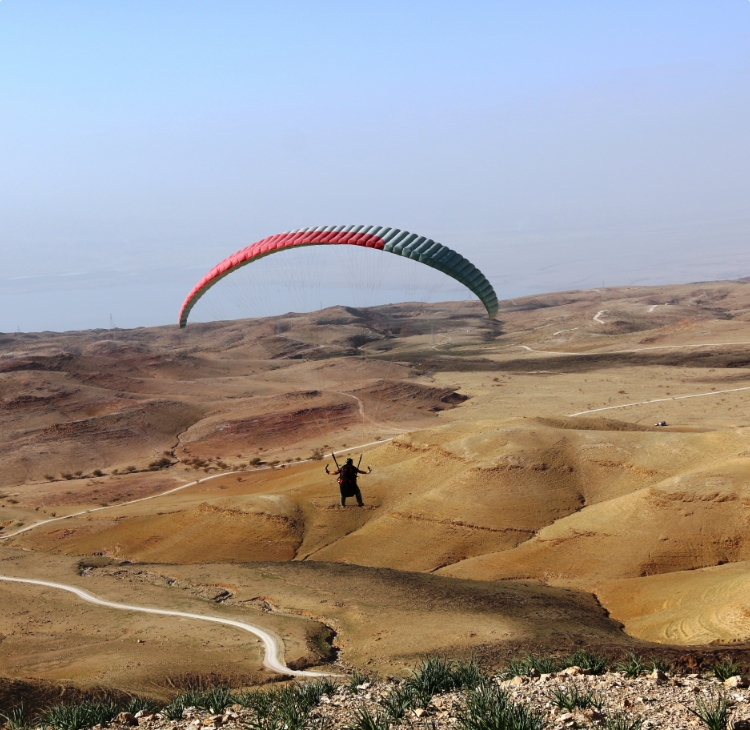
Aerosports
Jordan offers thrilling aerosports. The Dead Sea Basin's Royal Aero Sports Club provides skydiving and paragliding from Wadi Mujib. The central region's Al-Hisheh is ideal for paragliding. In the south, Wadi Rum offers hot air balloon rides and microlight flights over dramatic desert landscapes.
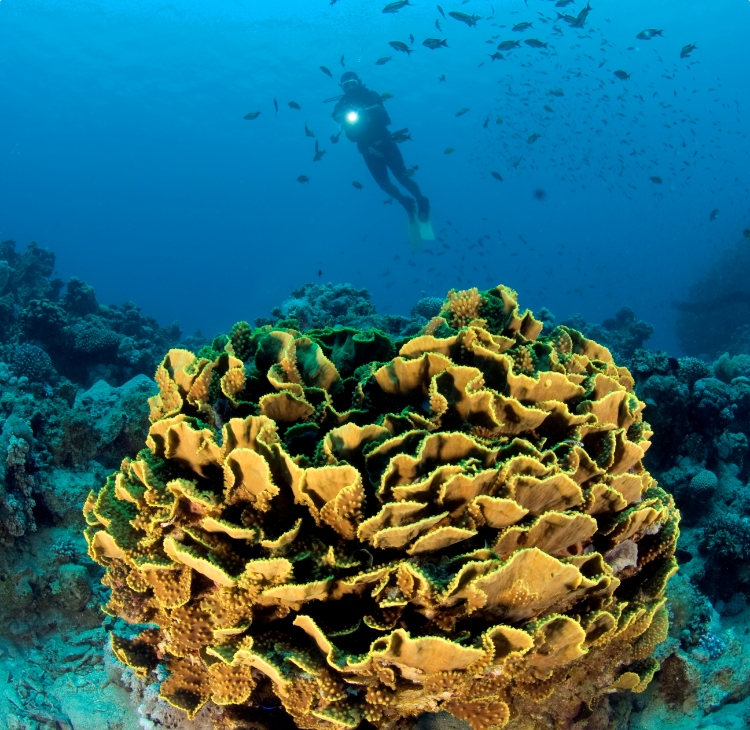

Diving in Jordan
The Gulf of Aqaba in Jordan is a top diving destination with vibrant marine life and clear waters. Aqaba's coral reef ecosystem hosts over 110 species of soft corals, 120 hard corals, and 1,000 species of marine life. Dive sites include shallow reefs and wrecks like a tank and a Hercules C130 airplane, suitable for divers of all levels. Warm waters and high salinity support rich biodiversity, with seasonal visitors like sea turtles and whale sharks.
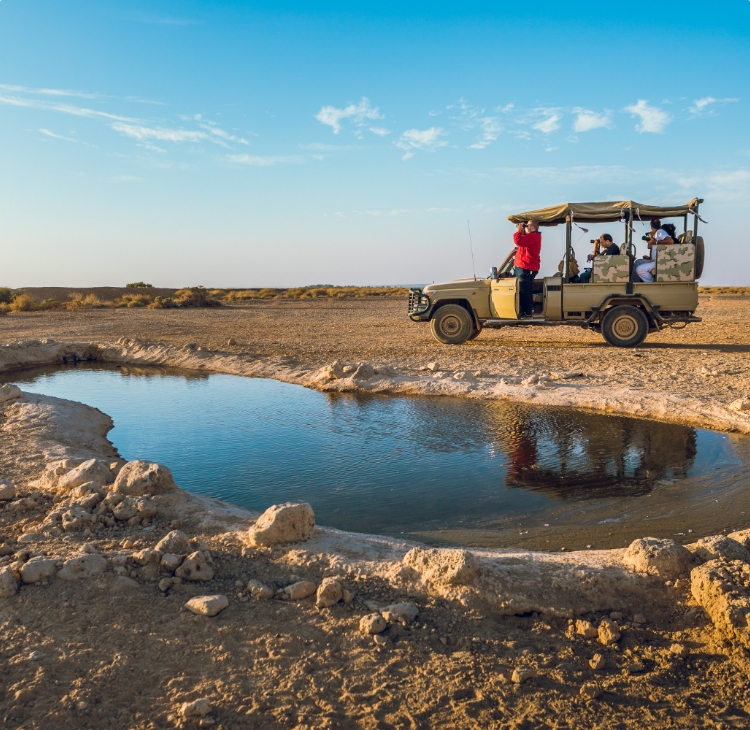

Soft Adventures in Jordan
Jordan offers soft adventures that blend culture and nature. The north features cooking and handicrafts at Iraq Al-Amir and the longest zip-line by Ziglab Lake. The east offers safaris, bird watching, and stargazing in Azraq Oasis and Shaumari Reserve. The Dead Sea Basin combines scenic cycling with cultural exploration. The central region allows participation in farm activities, while the south offers camel and horseback riding and Bedouin experiences.
